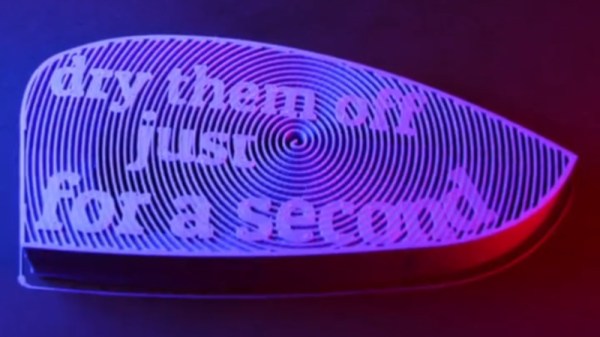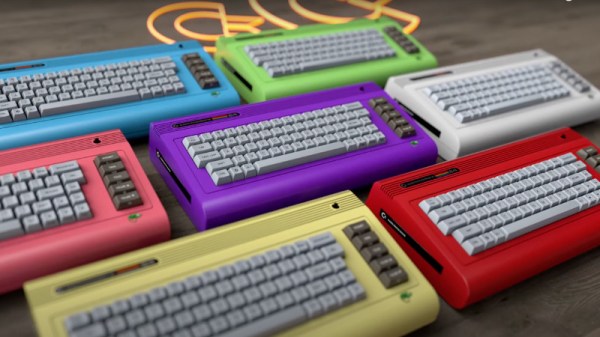There’s not one, but two side-channel attacks to talk about this week. Up first is Pacman, a bypass for ARM’s Pointer Authentication Code. PAC is a protection built into certain ARM Processors, where a cryptographic hash value must be set correctly when pointers are updated. If the hash is not set correctly, the program simply crashes. The idea is that most exploits use pointer manipulation to achieve code execution, and correctly setting the PAC requires an explicit instruction call. The PAC is actually indicated in the unused bits of the pointer itself. The AArch64 architecture uses 64-bit values for addressing, but the address space is much less than 64-bit, usually 53 bits or less. This leaves 11 bits for the PAC value. Keep in mind that the application doesn’t hold the keys and doesn’t calculate this value. 11 bits may not seem like enough to make this secure, but keep in mind that every failed attempt crashes the program, and every application restart regenerate the keys.
What Pacman introduces is an oracle, which is a method to gain insight on data the attacker shouldn’t be able to see. In this case, the oracle works via speculation attacks, very similar to Meltdown and Spectre. The key is to attempt a protected pointer dereference speculatively, and to then observe the change in system state as a result. What you may notice is that this requires an attack to already be running code on the target system, in order to run the PAC oracle technique. Pacman is not a Remote Code Execution flaw, nor is it useful in gaining RCE.
One more important note is that an application has to have PAC support compiled in, in order to benefit from this protection. The platform that has made wide use of PAC is MacOS, as it’s a feature baked in to their M1 processor. The attack chain would likely start with a remote execution bug in an application missing PAC support. Once a foothold is established in uprivileged userspace, Pacman would be used as part of an exploit against the kernel. See the PDF paper for all the details.
Continue reading “This Week In Security: Pacman, Hertzbleed, And The Death Of Internet Explorer”


















